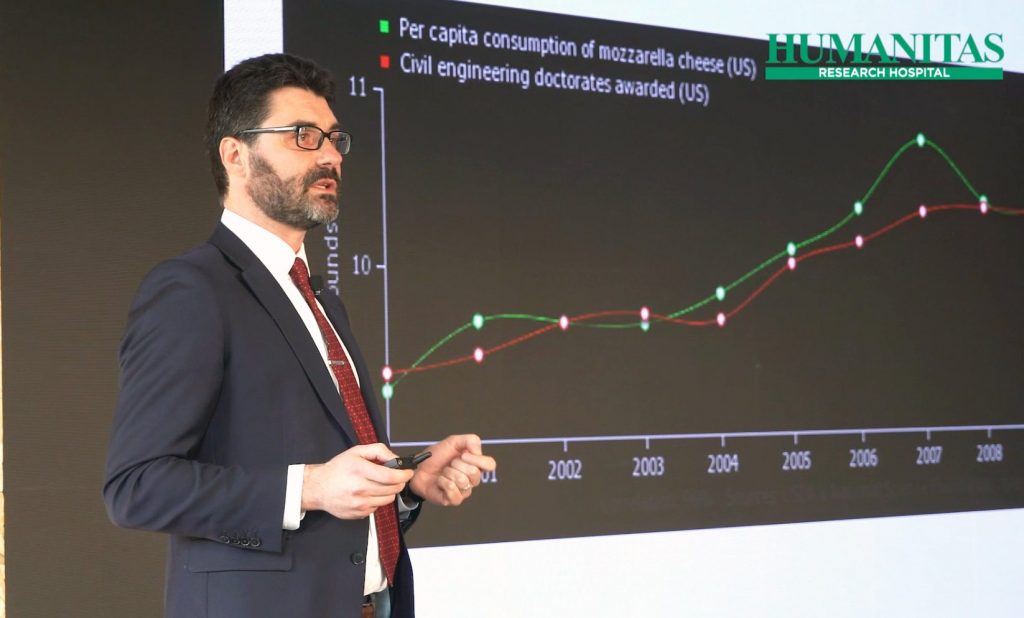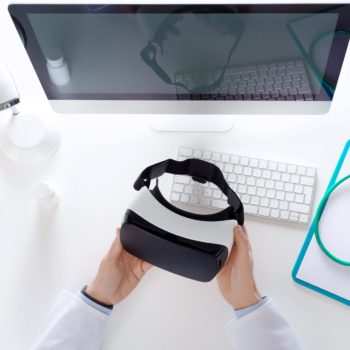The main theme of Wired Health, the event organized by the magazine Condé Nast in Milan with Humanitas as scientific partner, was technology applied to the world of medicine and health.
For the occasion, Prof. Maurizio Cecconi, head of Anesthesia and Intensive Care at Humanitas and lecturer at Humanitas University, spoke about the potential of new technologies to make people, and doctors in particular, even more human. This seems a contradiction in terms, but in reality it is the great challenge of innovation applied to the world of Health Care.
Increased reality and big data: the technologies that bring the doctor closer to the patient
Thanks to the technologies, to the big data and in general to the machine learning applied (also) to the intensive care – that collect, analyze information and develop “predictive trends” of the patient’s state and his health – the doctor will have more and more the possibility to “be in contact with the patient, instead of interfacing with machines, data and numbers.
“Technology still obliges us to spend many hours in front of the computer, while we would like to spend them with the sick – said Prof. Cecconi – . At this moment, the development of data science will allow us to experience in a smarter and more effective way the relationship with the machines, banally dictate to the computer and not spend hours writing.
Technology at the service on the patient: in hospital ‘like at home’
“All the ‘tele-health’ and video technology is not yet used much in intensive care, but several countries in the world have started to experience, for example, augmented reality – explained Prof. Cecconi – through software that can virtually ‘report’ the patient, who often stays in hospital for many weeks, within the walls of his house. Or even to discover the ward in which he is hospitalized. Moreover, often patients are literally stuck in bed for a long time, perhaps they wake up from the coma disoriented: this can soothe them and make them aware”.
Finally, for intensive care workers it is important to be able to maintain a relationship with the patients: “we would like to remain in contact with the patients even when they have been released from the intensive care unit”. In this context, follow up clinics are being tested, also thanks to video technologies.
Big data and machine learning: ability to query and interpret data
According to a recent study published in the United States, intensive care will affect more and more people: it is assumed that at least one in three will be involved at least once in their lives.
If we consider that in the ward console from 15 to 30 monitors are recording vital parameters and patient information, it would be easy to imagine the immense amount of data that is obtained.
The challenge for the medicine and the specialists is – and will increasingly be – to question and interpret in the right way the data produced by the machines because “the future is not to turn off the brain and let the machines work in our place; throwing numbers and information into a computer and simply see the result,” Cecconi clarified.
The “risk is of an overfitting”, of the excessive adaptation of data and a sample model.









